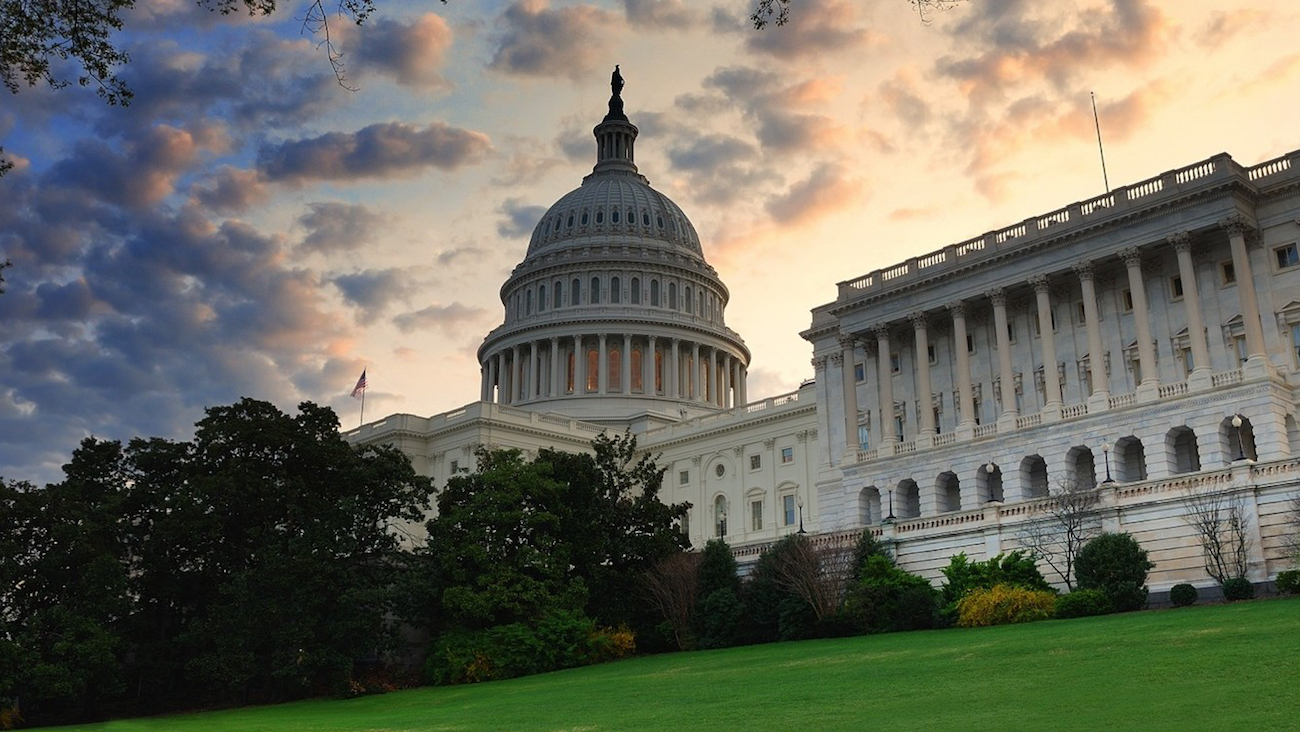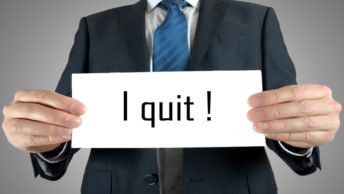Roughly half, at least 46% of households in the United States today, cannot come up with $400 in cash for an emergency. They would have to put the $400 on a credit card, or borrow from friends and family or simply not cover it at all. Not surprisingly, those couples with higher incomes making more than $100,000 a year would find it a little easier to cover the unexpected expense but still about 46% on average would struggle at all income levels. Why are we even shocked then when we find that approximately 25% of Americans are not saving anything for their retirement?
Basically, many Americans live paycheck to paycheck. Couple this with stagnant wages and many Americans use credit to supplement their wages. The average American is lucky to save 7% of their income in a year. Nearly 3 out of 4 workers say they are in debt; 28% of all workers making $50k to $100k usually live paycheck to paycheck and 70% of this group are in debt. A great many of us live beyond our means. We live a lifestyle that we can only afford by going into debt. This also means that we need to spend the majority of what we earn maintaining our lifestyle and servicing our debt.
The official rate of unemployment in America has reached the 3% range. But the official rate hides more troubling realities: legions of college grads are overqualified for their jobs, a growing number of contract workers have no job security, and an army of part-time workers are desperate for full-time jobs.
Blanketing all of this are stagnant wages and vanishing job benefits. The typical American worker now earns around $44,500 a year, not much more than what the typical worker earned 40 years ago, adjusted for inflation. America doesn’t have a jobs crisis. It has a good jobs crisis.
Compounding the payroll situation is the fact that current student loan debt in 2020 is estimated at $1.53 trillion dollars. One in four Americans have student loan debt or an estimated 44.7 million people owe an average of $37,172 dollars. These workers enter the job market already in debt and then struggle to make ends meet.
We tend to try and anticipate every contingency in our employment situation. Most employees are dependent upon the solvency of their employer. The majority work hard. Whether they work for an airline or cruise ship, they are dependent upon the wages paid them. Imagine the sickness and despair they experience when a coronavirus comes along and crushes their market. Passengers become sick or fail to make the cruise as they worry about contracting this deadly virus. No airline can fly empty planes. Empty planes mean cancelled flights and cancelled flights mean there is no need for the crew – pilots, stewards and baggage handlers. Airports lose money as well as fewer flights use their facilities.
When an outside threat hits a country like this virus has, the options are limited. Whether you agree or disagree with the government actions that have been taken, something had to be done. The cycle of the paycheck to paycheck is broken and good employees are left devastated. Good companies close and many will never reopen as they could not have anticipated a virus like this. What happens to the food when a restaurant suddenly closes? It is usually disposed of at a total loss. Online classes may or may not be an adequate substitute for face-to-face classroom instruction. Teachers will do the best they can and only time will tell.
Hopefully, we as Americans will join together and make the best of a horrible situation.








